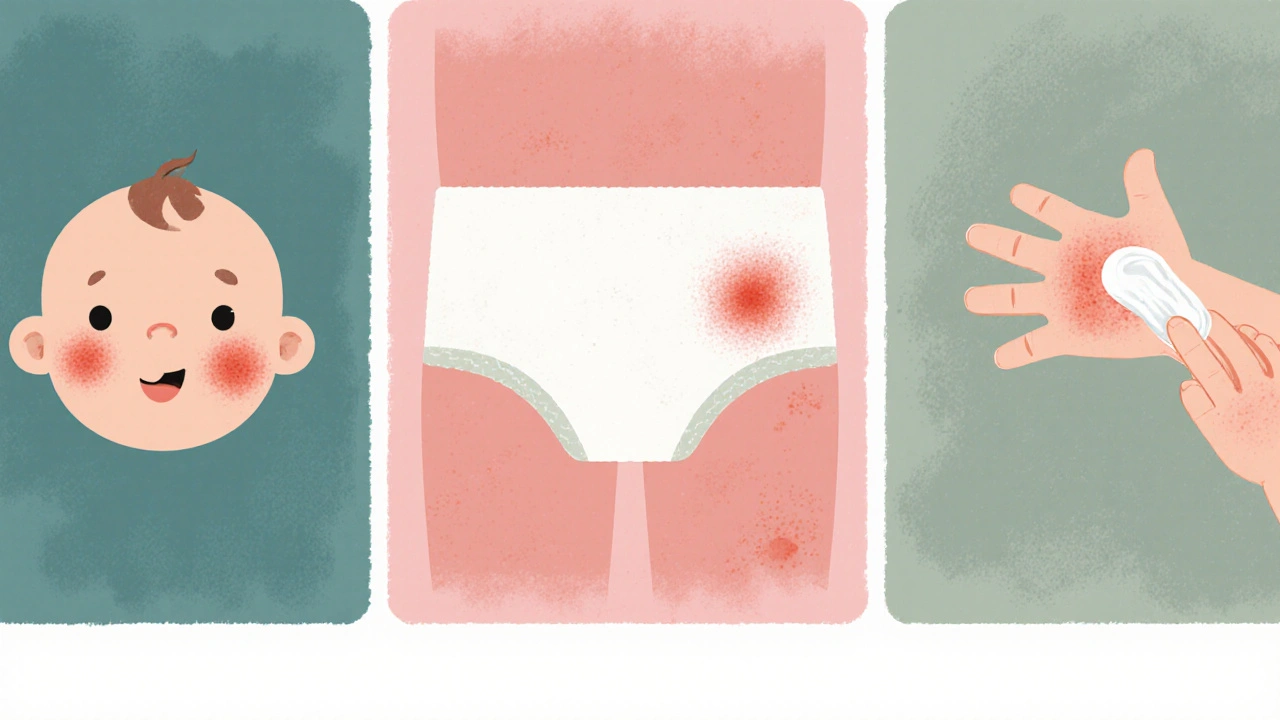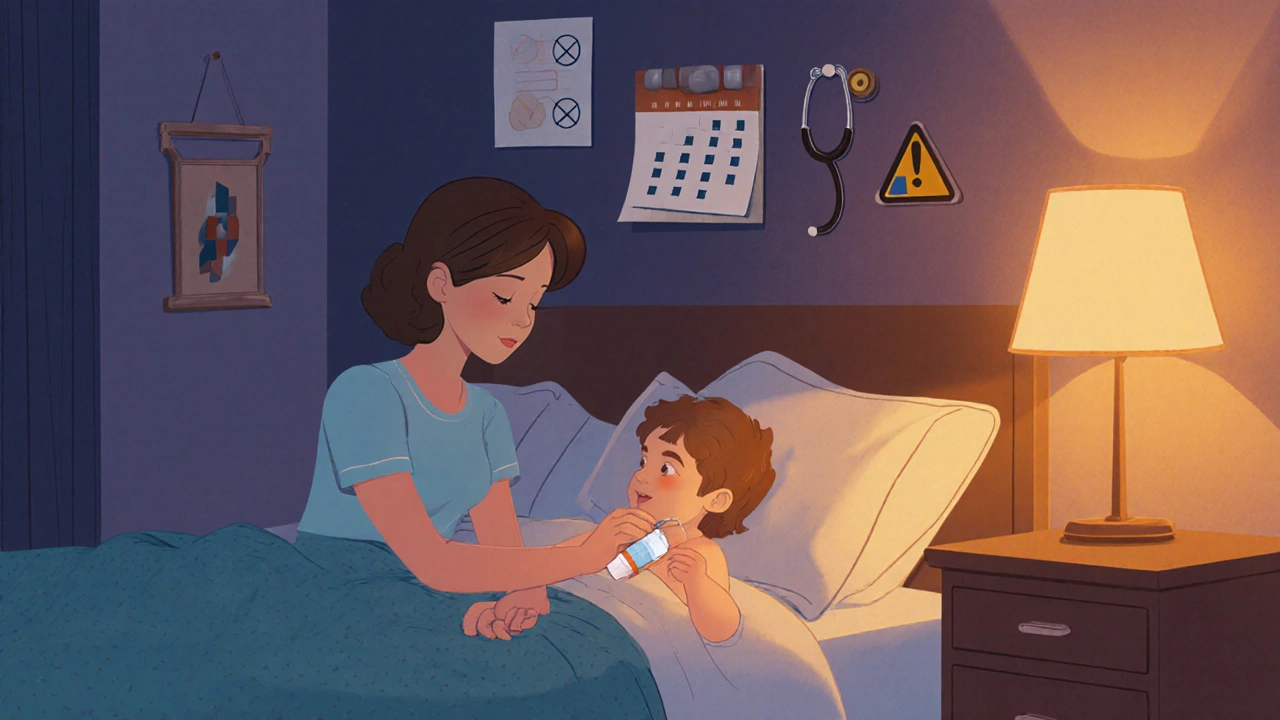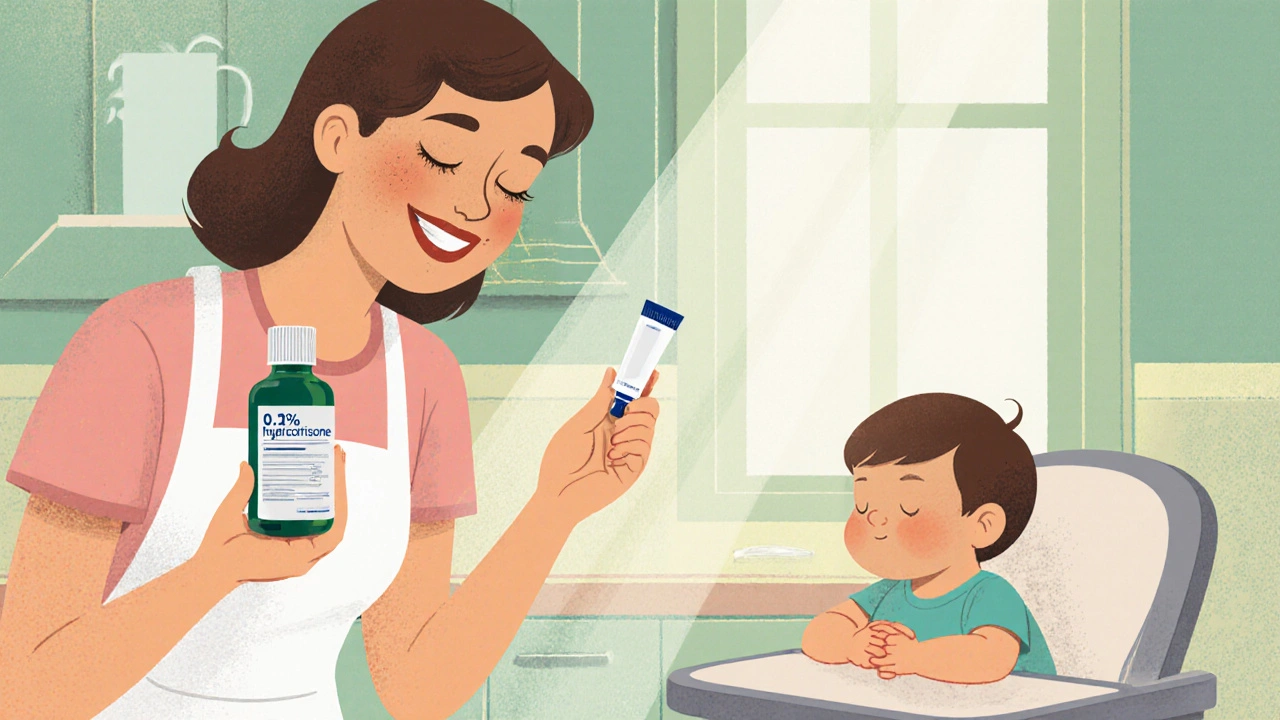Parents often wonder whether a tiny bottle of cream labeled hydrocortisone is safe for their newborn. The short answer: it can be, but only when you know the right dose, the right condition, and the right timing. In this guide we break down the science, the common uses, and the safety checks you need before reaching for that steroid on your baby’s skin.
What Is Hydrocortisone?
Hydrocortisone is a synthetic corticosteroid that mimics the body’s natural cortisol hormone. It works by reducing inflammation and suppressing an overactive immune response, which is why doctors prescribe it for a range of skin and endocrine issues.
How Hydrocortisone Acts in a Baby’s Body
The drug binds to glucocorticoid receptors in skin cells and immune cells, slowing down the production of inflammatory chemicals like prostaglandins and cytokines. In infants, the skin barrier is thinner, so the medication can be absorbed more quickly than in adults. That rapid absorption is a double‑edged sword: it gives fast relief, but it also raises the stakes for side effects if misused.
Common Pediatric Scenarios
- Eczema - A chronic, itchy rash that often appears on a baby’s cheeks, arms, or legs. A thin layer of 0.5‑1% hydrocortisone cream can calm flare‑ups within a day.
- Diaper Rash - When the skin around the diaper area becomes inflamed, a short‑term application (no more than 3 days) can reduce redness.
- Adrenal Insufficiency - A rare condition where the baby’s adrenal glands don’t produce enough cortisol. In such cases, a doctor may prescribe systemic hydrocortisone tablets or injections.
- Allergic Reaction - Localized hives or contact dermatitis sometimes respond to a brief course of topical hydrocortisone.

Safety Profile and Dosage Guidelines
When you hear the phrase hydrocortisone babies safety, think of three pillars: concentration, duration, and monitoring. Here are the most widely accepted limits for infants under 12 months:
- Use only 0.5% to 1% hydrocortisone creams for skin conditions.
- Apply a thin layer (about the size of a pea) to the affected area.
- Limit use to 3‑5 days unless a pediatrician says otherwise.
Systemic hydrocortisone (oral or injectable) is reserved for serious endocrine issues and is dosed by weight, typically 0.5‑1 mg/kg per day, split into two doses.
Topical vs. Systemic Hydrocortisone in Infants
| Aspect | Topical (cream/ointment) | Systemic (tablet/injection) |
|---|---|---|
| Typical Indication | Eczema, diaper rash, mild allergic dermatitis | Adrenal insufficiency, severe inflammatory disorders |
| Form | 0.5%‑1% cream or ointment | 0.5‑1 mg/kg per day (tablet or IV/IM) |
| Absorption Rate | Low to moderate (depends on skin integrity) | High - whole‑body exposure |
| Risk Level | Skin thinning, temporary discoloration if overused | Growth suppression, blood‑pressure changes, adrenal suppression |
| Maximum Duration | 3‑5 days for infants (longer only under supervision) | As prescribed, often weeks to months with regular monitoring |

When to Reach for Hydrocortisone
Not every red spot needs a steroid. Follow this quick checklist before you open the tube:
- Is the rash inflamed, red, and itchy for more than 48 hours?
- Has gentle skin care (mild cleanser, breathable diapers) and moisturizers failed to improve it?
- Is the baby otherwise healthy, eating well, and gaining weight?
- Have you consulted a Pediatrician or a qualified dermatologist?
If the answer is yes to the first three and you have professional guidance, a thin layer of 0.5%‑1% cream applied twice daily is usually enough.
Steps for correct application:
- Wash your hands thoroughly.
- Clean the affected area with lukewarm water; pat dry.
- Squeeze a pea‑sized amount onto your fingertip.
- Gently rub it in a thin, even layer; avoid rubbing hard.
- Wash hands again after application.
- Note the start date on a calendar; stop after 3‑5 days unless instructed otherwise.
Potential Risks and Red Flags
Even at low concentrations, prolonged use can lead to:
- Skin thinning (visible as a translucent patch).
- Stretch marks or easy bruising.
- Delayed wound healing.
- Rare systemic effects like suppressed growth if absorbed in large amounts.
If you notice any of these, discontinue use immediately and book an appointment with a Pediatrician. The FDA warns that infants are especially vulnerable to steroid‑related side effects, so monitoring is key.
Bottom Line: Practical Takeaways
- Hydrocortisone is safe for babies when used at 0.5%‑1% concentration, for short periods, and under medical supervision.
- Reserve it for confirmed inflammatory skin conditions like eczema or diaper rash that haven’t improved with basic care.
- Never exceed a 5‑day course without a doctor’s approval.
- Watch for skin thinning, discoloration, or unusual behavior; contact a pediatrician right away.
- Keep the medication out of reach of children and store it at room temperature.
Can I use over‑the‑counter hydrocortisone on my newborn?
Only if the product is 0.5%‑1% and a pediatrician has confirmed it’s appropriate for the specific condition.
How long does it take to see improvement?
Most babies show reduced redness and itching within 24‑48 hours. If there’s no change after three days, stop and seek medical advice.
What are the signs of over‑use?
Visible thinning of the skin, stretch marks, bruising, or a rash that spreads despite treatment are warning signs.
Is systemic hydrocortisone ever needed for a baby?
Yes, but only for serious conditions like adrenal insufficiency. It requires strict dosing by weight and regular blood‑test monitoring.
Can hydrocortisone cause allergic reactions?
Rarely, but if the baby develops new hives, swelling, or breathing difficulty after application, treat it as an emergency and call 911.


Write a comment